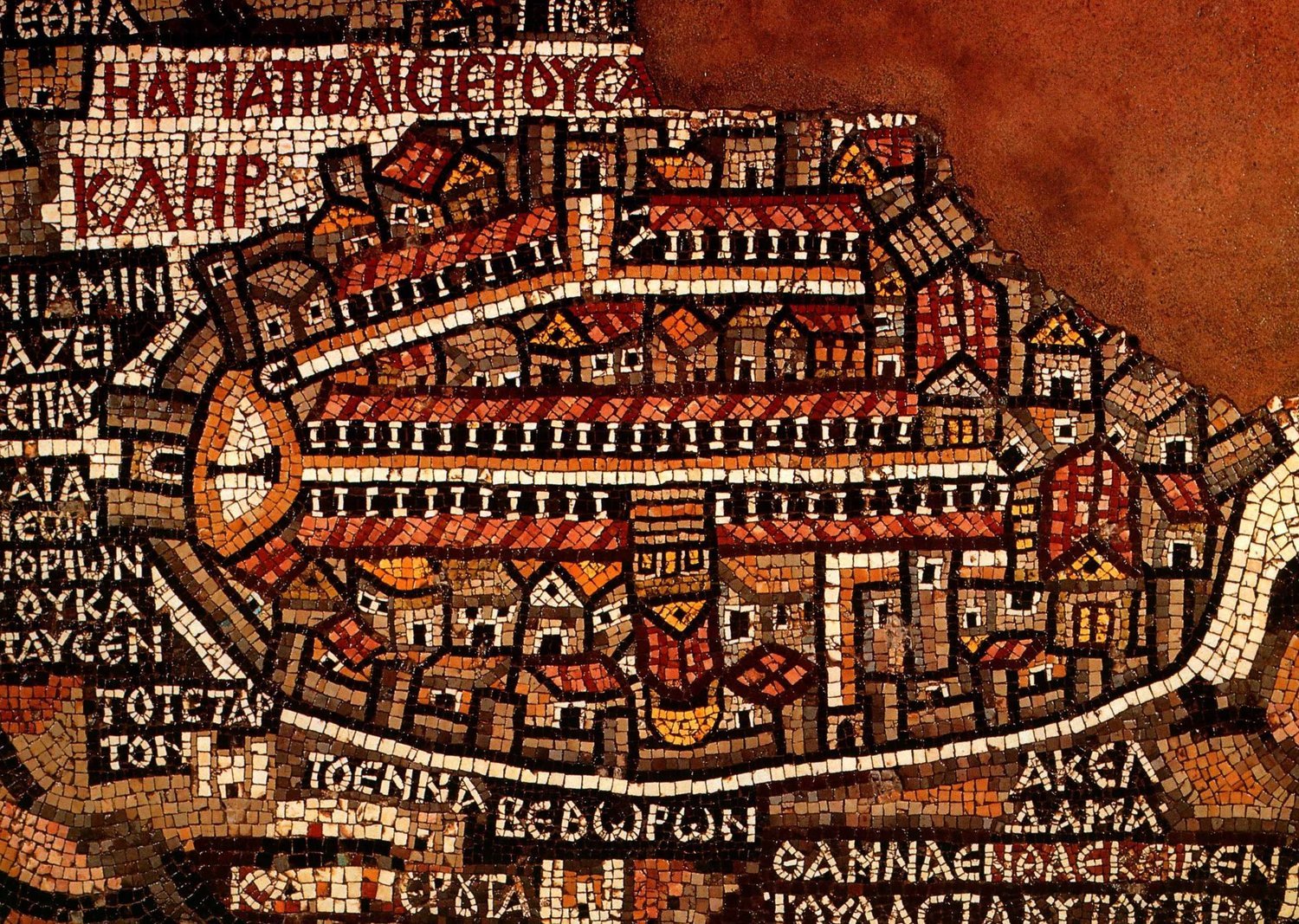Phoenician cargo ship
Courtesy: https://wikis.engrade.com/phoenicianships
My fourth chapter deals with the issue of the dimensions of the ocean and the perspectives of navigation in the Atlantic.
I describe the voyages of ancient explorers from Egypt to West Africa (Sataspes, Hanno the Navigator) and from India to East Africa (Scylax).
I also recount the views on crossing the Atlantic expressed by philosophers (Aristotle, Eratosthenes, Posidonius, Strabo, Seneca, Pierre d'Ailly), mapmakers (Henricus Martellus, Martin Behaim), and navigators (Christopher Columbus). The chapter is accompanied by the table, Estimation of the Breadth of the Ocean Sea.
This is an extract which refers to the voyage across Africa carried out by Phoenician mariners in the time of Pharaoh Necho:
The first expedition,
commissioned by Pharaoh Necho, who reigned at the turn of the seventh and sixth
centuries BCE, set a task of exploring the confines of the Dark Continent. The
Phoenician mariners, who had staunch reputation for their seamanship, departed
from a port on the Red Sea and after rounding the dry land made a return trip
to Egypt via the Strait of Gibraltar. The food supply on board was enough for
one year. To avoid starvation, the sailors had to rest on their oars twice to
sow a crop of corn. Having picked up the harvest, they were able to move on forward
until by the third year they had completed their heroic undertaking. The most
intriguing part of the report was the observation of the sun traveling through
the north across the right-left arc. The father of history slammed this
testimony as too weird for his straightforward taste. (1)
This account suffers from
many blunders. Since Herodotus does not allude to the source of this report, we
cannot determine its trustworthiness. It is not clear what compelled the
Egyptian monarch to launch this suicidal enterprise and why the Greek historian
shares the pharaoh’s conviction in the possibility of the circumnavigation of
Africa.
Besides, the modern
reconstruction of Herodotus’ world view reveals that the “father of history”
had a vague concept of the outline of the Dark Continent. Its southern fringe rounds
the Atlas Mountains and stretches as far as the mouth of the Red Sea. Even this
fictional voyage across the curtailed continent lasted nearly three years,
demanding two landfalls and a lengthy lingering on the coast.
Image
12: Reconstruction of Herodotus’ World View (2)
The renowned author refuses
to figure out the logistics involved in such venture. His description is too
matter-of-fact and humdrum to be true. He neither explains how Phoenician ships
could withstand daily tackling with unknown coastal currents and winds nor how
they were able to overcome the solitude of a never ending voyage. He doesn’t
report of their encounter with the natives and bizarre wildlife at sea or on
land. He does not refer to any confrontation between the representatives of
antagonistic cultures, though the temporary estrangement of agricultural land
could not pass unnoticed by its lawful owners. Finally, except for the
“perverted” sun, our historian finds no other remarkable astronomical phenomena
in their account; and this particular scoop, proving that the explorers probably
crossed the equator, he does deny.
Even the modern
reconstruction of the journey does not supply any hard evidence. It is
remarkable that a replica of a Phoenician ship rigged with a single square sail
could withstand 20,000-mile voyage during two years. However, unlike ancient
sailors, modern mariners knew their whereabouts and navigated their course,
relying on the GPS and gleaning data from weather maps. They could sail
all-year-round, even in winter, and consume foodstuffs purchased in local
supermarkets. (3)





